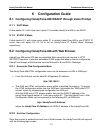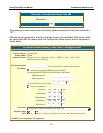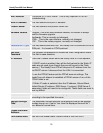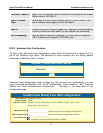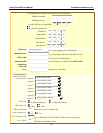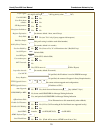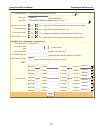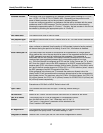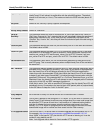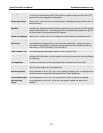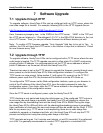
HandyTone-486 User Manual Grandstream Networks, Inc.
23
Auto Upgrade
Choose Yes to enable HTTP upgrade and provisioning.
In “Check for new firmware every” field, enter the number of days to check the HTTP
server for firmware upgrade or configuration.
Subscribe for MWI:
Default is NO. When set to Yes a SUBSCRIBE for Message Waiting Indication will be
sent periodically.
Offhook
Auto-Dial
This parameter allows a user to configure a User ID or extension number to be
automatically dialed upon offhook. Please note that only the user part of a SIP address
needs to be entered here. The HandyTone ATA will automatically append the “@” and
the host portion of the corresponding SIP address.
Enable Call Features
Default is No. If set to Yes, Call Forwarding & Do-Not-Disturb are supported locally
Disable Call Waiting
Default is No.
Send DTMF
This parameter controls the way DTMF events are transmitted. There are 3 ways: in
audio which means DTMF is combined in audio signal (not very reliable with low-bit-
rate codec), via RTP (RFC2833), or via SIP INFO.
DTMF Payload Type
This parameter sets the payload type for DTMF using RFC2833
Send Flash Event
This parameter allows a user to control whether to send an SIP NOTIFY message
indicating the Flash event, or just to switch to the voice channel when the user presses
the Flash key.
FXS Impedance
Selects the impedance of the analog telephone connected to the Phone port.
NTP server
This parameter defines the URI or IP address of the NTP server which the HandyTone
ATA will use to display the current date/time.
Send Anonymous
If this parameter is set to “Yes”, the “From” header in outgoing INVITE message will be
set to anonymous, essentially blocking the Caller ID from displaying.
Lock keypad update
If this parameter is set to “Yes”, the configuration update via keypad is disabled.
WAN side http
access
If this parameter is set to “No”, the HTML configuration update via WAN port is
disabled.



